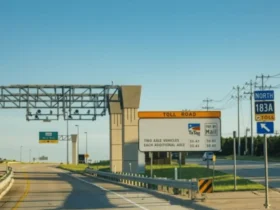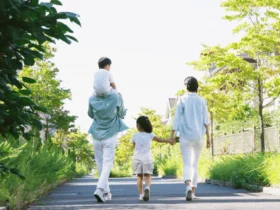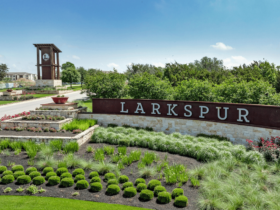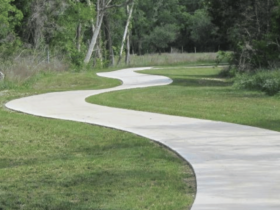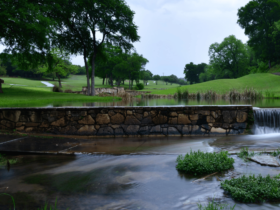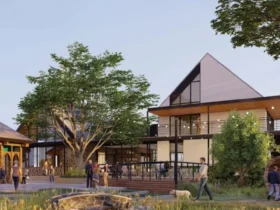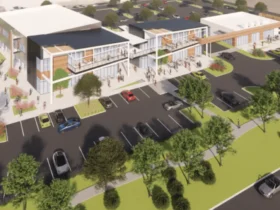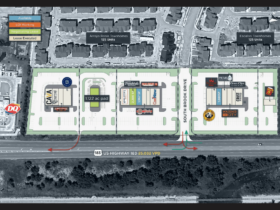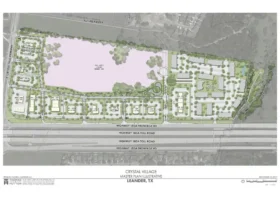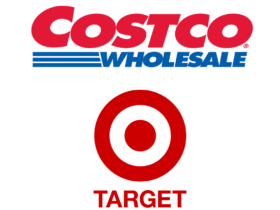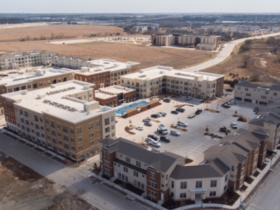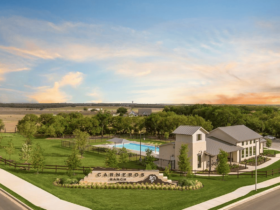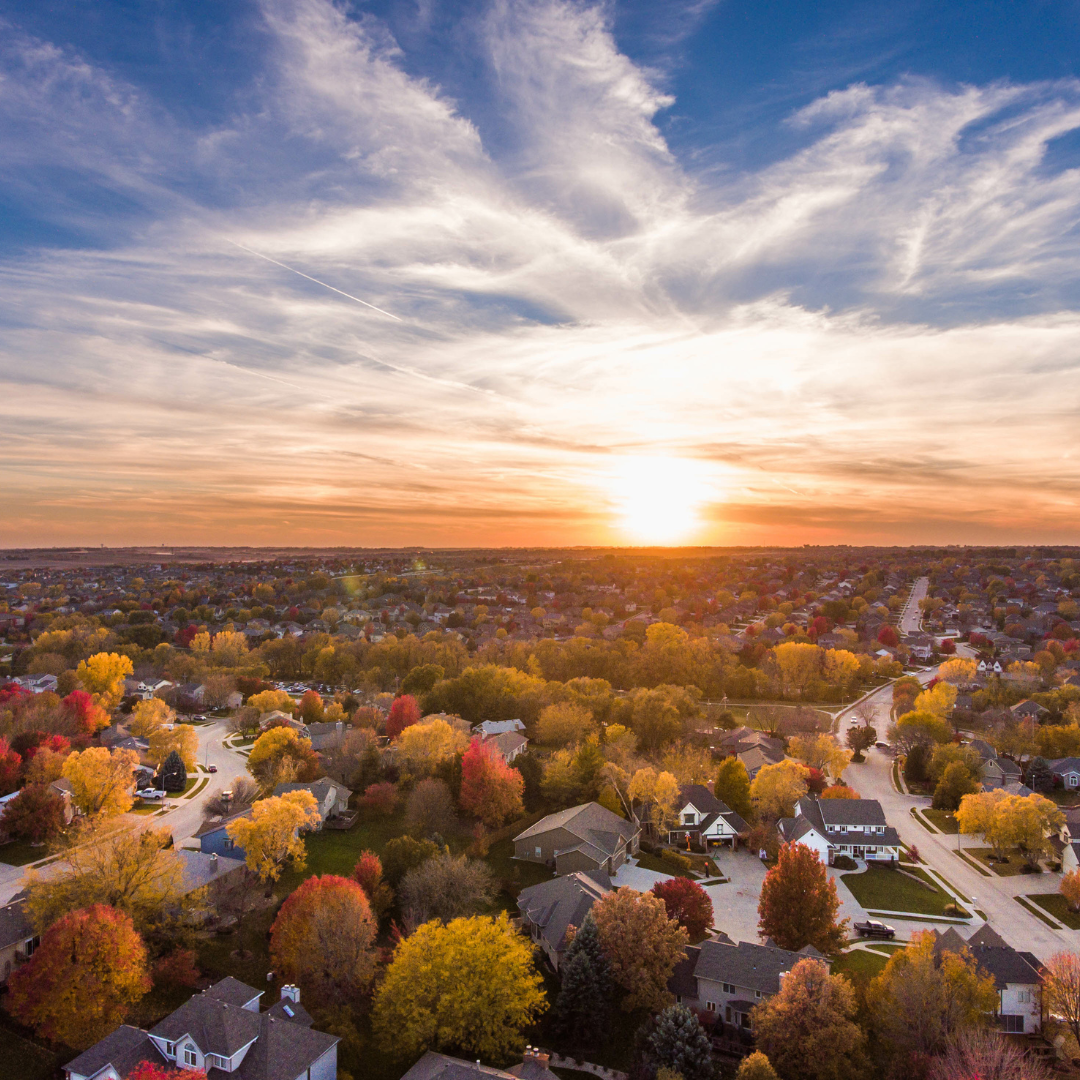Continuing the Destination Leander plan conversation from last week, we’re breaking down the “Leander Tomorrow” section. It will answer the question, “What’s the vision for the future of Leander?” and we’ll break down the vision and goals for future land use in neighborhood residential.
Destination Leander is a policy document created to help guide Leander’s development. By providing a chapter on the future of Leander, public investments can make more informed decisions that will result in an improvement in Leander’s quality of life.
Neighborhood Residential
The city has come up with a plan called The Missing Middle to accommodate various housing types. The Missing Middle is a specific housing type compatible with single-family homes. These homes will help the growing demand for walkability. These Missing Middle housing types include side-by-side duplexes, stacked duplexes, quadplex, carriage house, bungalow court, townhomes, live/work units, and apartments. The housing type will vary depending on environmental constraints, sewer infrastructure availability, location of neighborhood and community centers, existing and planned park and recreation sites, schools, and roads.
Centers
Centers will be located within communities. They will be mix-use to contain a mix of commercial, office, institutional, and residential uses intended to be walkable. They will be located near existing or planned residential neighborhoods and with access to major roadways.
Centers help create a walkable environment, reduce sprawl, and increase efficiency in delivering services. The centers’ key characteristics include an interconnected street system to provide access to shopping, services, housing, and amenities. They will also be accessible by pedestrian and bicycle networks.
Three types of centers are identified for Leander: neighborhood, community, and activity. Each will vary in size, use, and service trade. They are found on the Future Land Use Map.
Neighborhood Centers
On the Future Land Use Map, they are the smallest of the communities since they will serve a local population with stores like corner markets, daycare centers, salons, and dry cleaning. They should be walkable and well connected to the neighborhoods nearby.
They will be less than 30,000 square feet and used for retail and service-oriented businesses, small professional offices, gyms, child care centers, etc.
Community Center
Community centers will provide the same uses and services. They are also demanded less frequently than daily, so a grocery store usually anchors them. They should also be interconnected with stress to promote walkability.
The size will include up to 125,000 square feet for commercial space since they’ll serve a larger population. They will serve the community with commercial uses like grocery stores, restaurants, small professional businesses, etc.
Activity Center
Activity centers are explicitly meant for shopping within the community. It will be a mixture of restaurants and big-box like Target and Big Buy and junior retail anchors like Ulta and Petsmart. They will be placed along an internal network of streets.
Because activity centers serve the largest population, they will be the biggest and go up to 400,000 square feet with a radius of six miles. They’ll mix commercial uses like retailers, entertainment facilities, services, restaurants, etc.
Updates
In May of 2015, the city put together an update on the Destination Leander plans. By then, they had already accomplished two major development agreements in land development designed to encourage mass transit use (also called Transit Oriented Development, or TOD), new marketing and branding materials for the TOD. They also created the city’s first Public Improvement District.
They still needed to focus on development in the TOD areas, coordinate with the Austin Community College Campus development, balance residential and non-residential development, create shopping and dining destinations, and recruit more businesses to provide local jobs.
Next week, we’ll finish answering “What’s the vision for the future of Leander” by ending the topic on transportation. Stay tuned!



